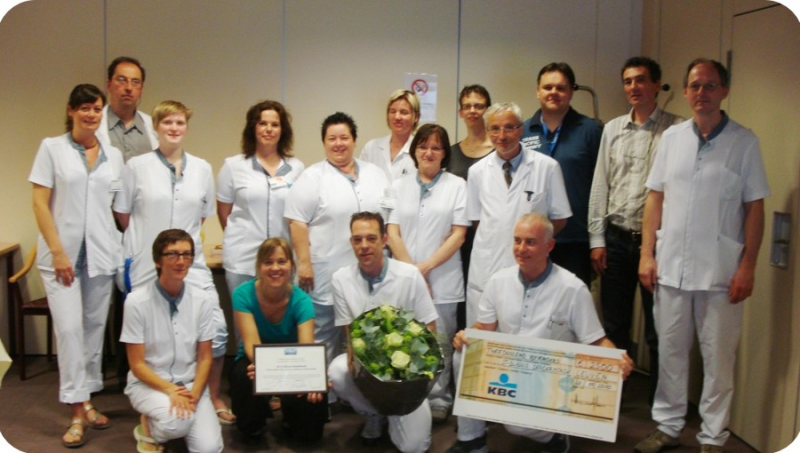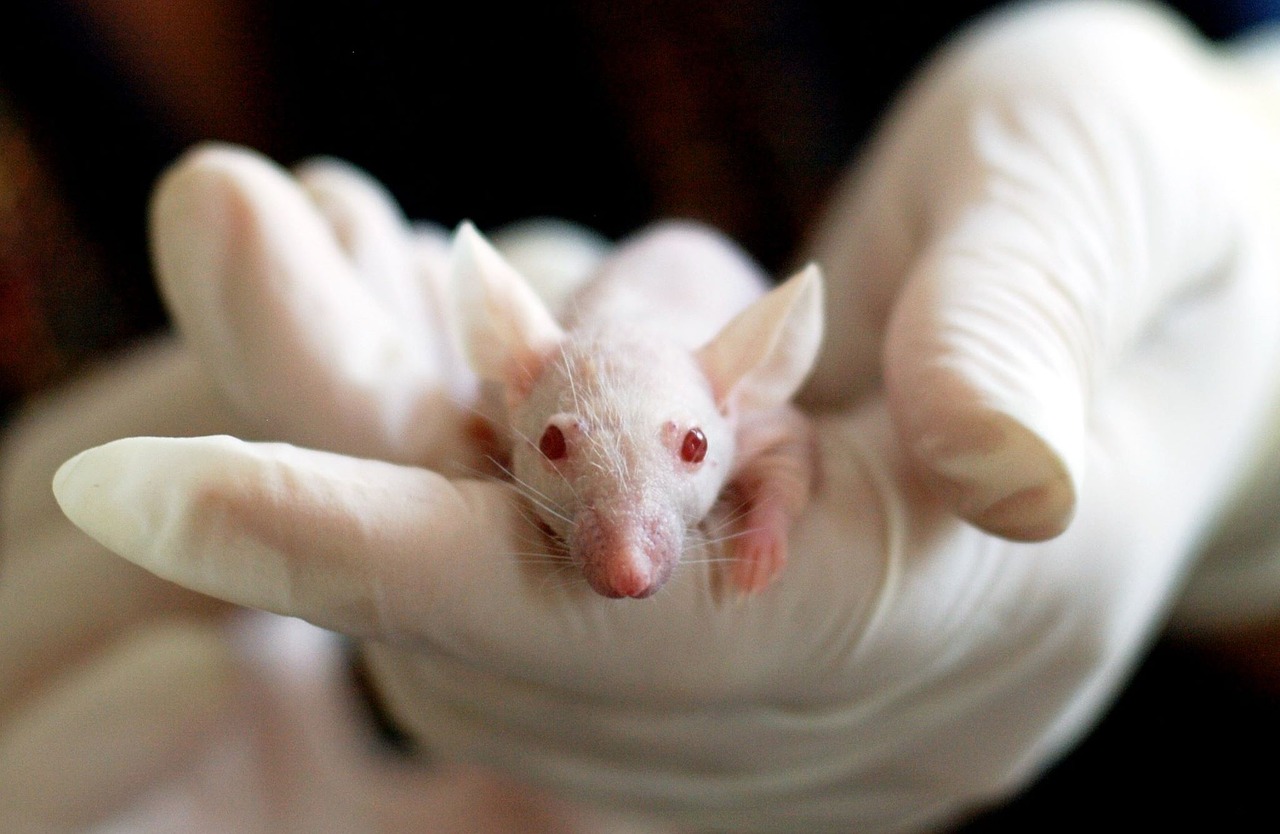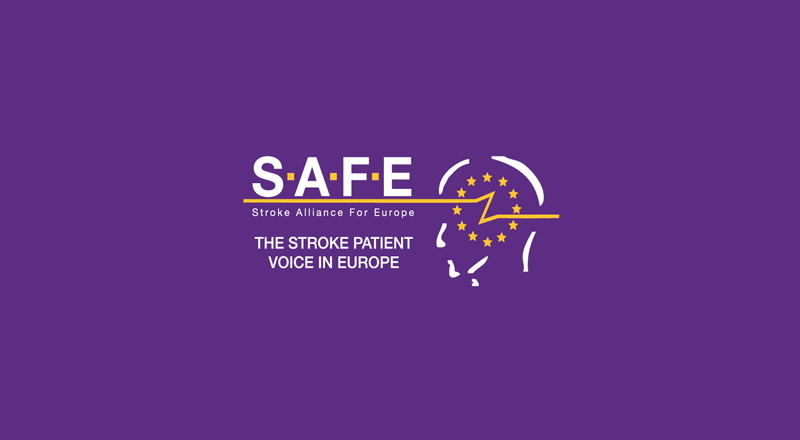
Mar 13, 2017
Written by Alison Turner
An interview with Piet Temmerman, Head Nurse at AZ Sint Blasius, shows that we must constantly improve in our fight against stroke.
Every stroke survivor knows that the care provided in a stroke unit can save lives, prevent further strokes and reduce the severity of disability caused by a stroke. It’s crucial work that demands extraordinary commitment, but it’s perhaps unusual for doctors and nurses to be active in prevention work. Nevertheless, this is the challenge taken up by a team of medical professionals, led by Head Nurse Piet Temmerman, at AZ Sint Blasius, a small hospital in Dendermonde, in Flanders, Belgium. I interviewed Piet in March 2017 to find out more. (more…)

Mar 10, 2017
Researchers from the University of Iowa Carver College of Medicine and the University of Miami Miller School of Medicine have shown that a neuroprotective compound tested in rats provides two-pronged protection for brain cells during stroke and improves physical and cognitive outcomes in the treated animals.
Every year, nearly 800,000 Americans have a stroke and almost 130,000 die. Survivors often are left with long-term physical and cognitive disability that significantly alters their lives. (more…)

Mar 8, 2017
Written by Alison Turner
Charlotte Cordonnier, MD. PhD. is Professor of Neurology and a Vice President of the European Stroke Organisation, as well as the founding member of the Women Initiative for Stroke in Europe (WISE), made up of female researchers and clinicians, examines the gap in stroke care for men and women in Europe.
Our sex dictates the biology of our bodies – that much is clear. Male, female or other, our chromosomes determine what hormones will swirl around inside us, and how our body parts will develop. Male bodies are more vulnerable to certain diseases than female, and vice versa. But often, not for any biological reason, being male or female is a key that allows us access to, or control over, resources and decisions, because gender norms dictate our behaviour.
Gender norms are also influencing our health. Girls may receive different or inadequate education, for example, leaving them unable to make informed health choices. Or perhaps it is the norm that men should smoke or drink heavily. In some cases, a woman may feel that her peers expect her to put the needs of her children before her own health, so she won’t take time for a health screening. Men may believe it is not socially acceptable to prioritise their mental health. These expectations from society that men and women should behave in a certain way, or should not have access to health options, can expose us to different health risks. If we can improve our understanding of both biological differences and differences resulting from gender norms, we can be better equipped to address disease and ill-health. (more…)

Mar 6, 2017
An estimated 20-25 percent of strokes are a result of untreated atrial fibrillation (AF or AFib). AF is the most common type of irregular heartbeat (arrhythmia), and it dramatically increases the risk of stroke – approximately five times! In the last 20 years, AF has become one of the most important public health problems and a significant cause of increasing health care costs in western countries. (more…)

Mar 3, 2017
Written by Ana Sandoiu
Published on www.medicalnewstoday.com
Stroke is a leading cause of disability in the United States, and mental illness affects tens of millions of Americans each year. New research finds a link between the two, as psychiatric illness is found to raise the risk of stroke.
A new study suggests those who have mental health problems may also be at an increased risk of stroke.
The American Heart Association (AHA) estimate that almost 800,000 Americans have a stroke each year, and almost 130,000 people die from it. (more…)









